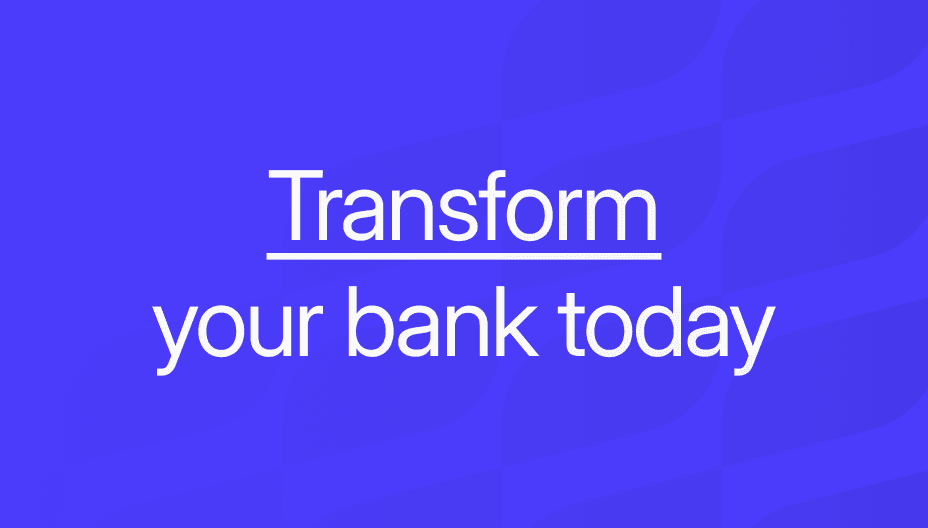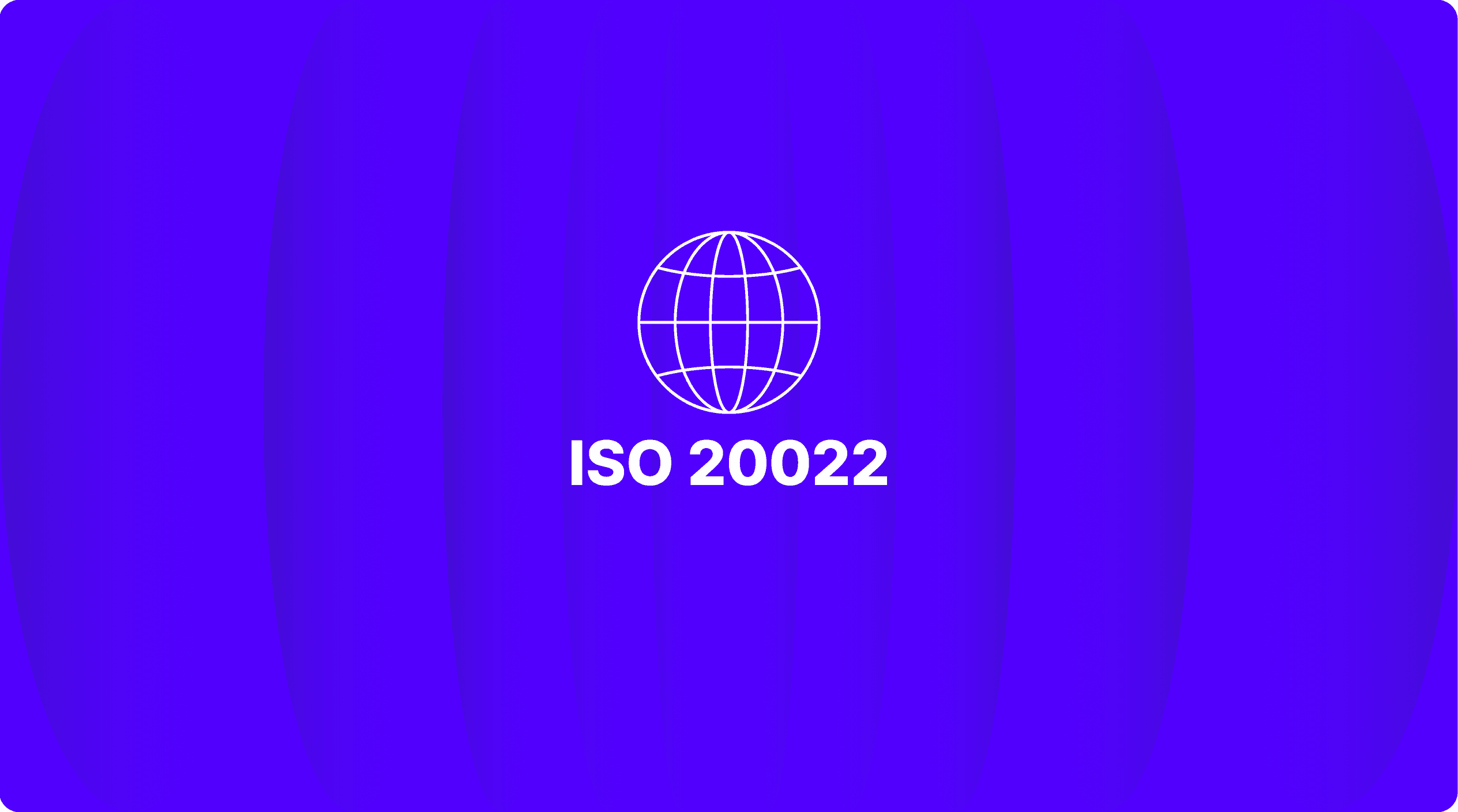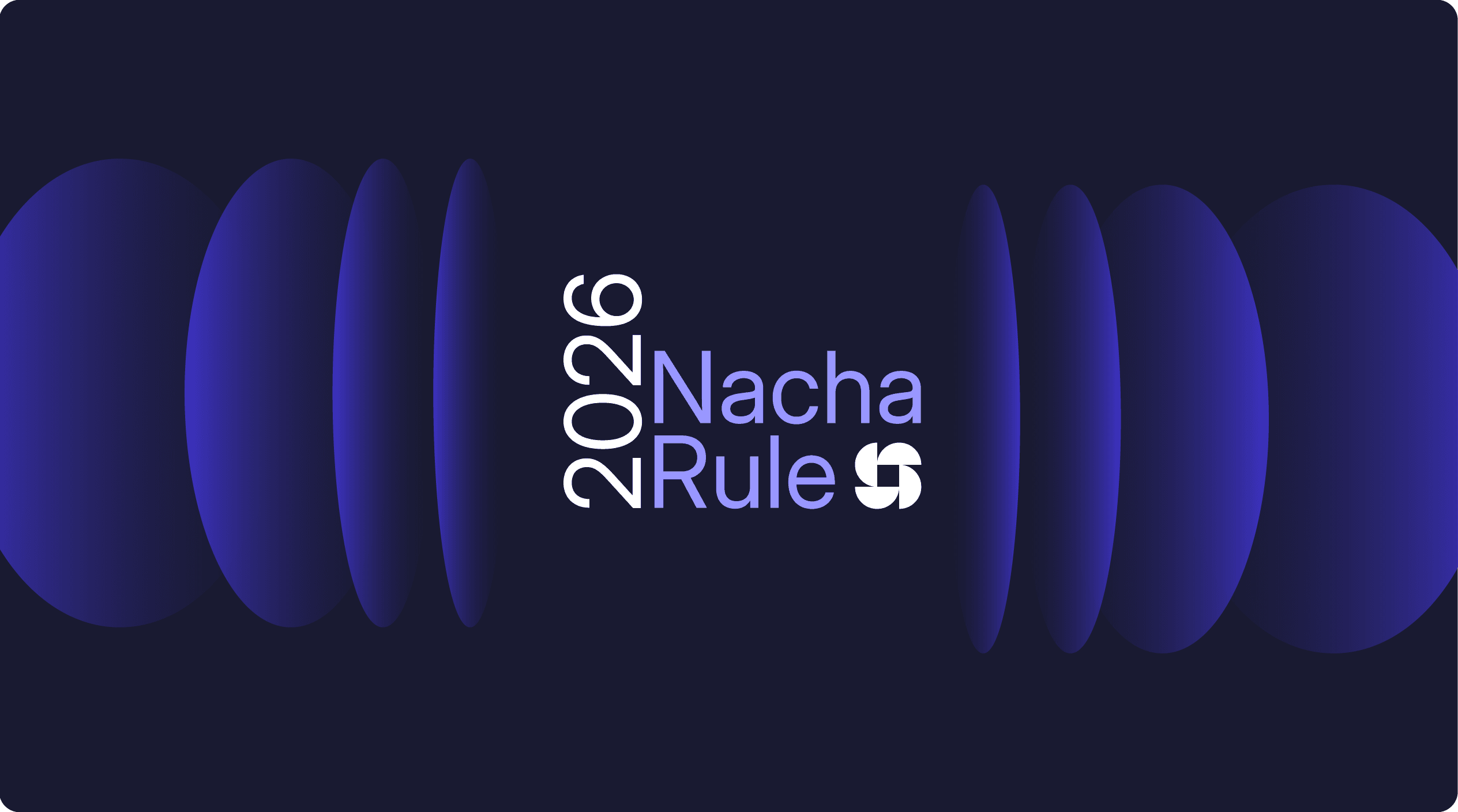Stablecoins: Exploring the Future of Cross-Border Payments
In the world of financial services, payments have always been the underlying enablers of commerce—but the way money moves hasn’t always kept pace with the speed and cost requirements of business. This is especially true when it comes to international transactions, where businesses and consumers face a landscape riddled with delays, high fees, opaque processes, and costly currency conversions. It’s in this context that stablecoins have captured the imagination of the industry.
Unlike cryptocurrencies known for their volatility, stablecoins are pegged to fiat currencies, eliminating the valuation uncertainty that has been one of the main barriers to their adoption in commercial use cases. This small but significant shift changes the landscape for financial institutions looking to support global customers - offering the promise of 24/7 liquidity, near-instant settlement, and the potential to radically lower the cost of international transfers. But beneath the surface, stablecoins represent more than just another payments rail. They combine the stability of fiat currencies with the speed and programmability of digital assets —representing a potential structural shift in how capital flows, how credit is created, and how financial institutions position themselves for the future.
As we look deeper, stablecoins reveal both promise and complexity.
The most obvious benefit of stablecoins lies in cross-border payments, where market inefficiencies are glaring. Stablecoins have the potential to simplify currency movement, reduce dependency on correspondent banking, and tighten spreads that currently eat into profits for businesses and banks alike—changes that could be transformational for all players involved.
Yet, this opportunity doesn’t come without trade-offs. One of the fundamental tensions with stablecoins lies in how stablecoins interact with the traditional banking model. Pegged to fiat currencies, stablecoin issuers are required to maintain reserves for all coins in circulation. This interrupts the money multiplier effect of banking that fuels lending and credit creation today. This shift isn’t just technical; it’s structural—and it invites understandable resistance from financial institutions wary of deposit displacement and diminished influence over capital flows.
Regulatory concerns further complicate the picture. Stablecoins must meet the same rigorous standards for compliance—KYC, AML, OFAC—as fiat systems. However, the tokenized nature of stablecoins obfuscates true ownership. Additionally, the fragmented nature of stablecoin issuance only heightens the challenge of creating an ecosystem without interoperability or a trusted clearing authority to clarify how exceptions are handled.
Despite these challenges, the momentum is real.
While stablecoins have become the “topic du jour”, they are not new. Globally in 2024 there were $5.7T of payments performed using stablecoins and total on-chain money movement exceeded $27T. By comparison, during that same timeframe the Visa network processed $13T of payments, Mastercard processed $9T and PayPal processed just under $2T. Additionally, the recently passed Genius Act begins to provide the regulatory clarity necessary to unlock the true power of stablecoins for international money movement and start to enable mainstream commerce use cases.
At Finzly, we see the future clearly. The demand for better payments is undeniable and is opening new frontiers of possibility for financial institutions, businesses, and consumers. Recently, the addition of instant payment systems (RTP and FedNow) opened the door for new use cases based on fast, efficient, payments. Now, stablecoins are promising another new arena, adding programmability and unique benefits for international money movement into the mix.
Similar to when we were one of the leaders supporting instant payments, we will be adding the tools needed for financial institutions to support stablecoins on our platform. At the same time, we will be actively engaged in industry efforts to keep the trust, security, and regulatory standards that customers expect. Whether it’s issuing, redeeming, or integrating with stablecoin networks, our roadmap is designed to help banks lead, not follow, in this evolving landscape.
About the Author
Dean Nolan – Head of Payment Strategy, Finzly
Dean leads payment innovation initiatives at Finzly, with expertise in real-time payments, card processing, and fintech solutions. He specializes in helping financial institutions modernize their payment infrastructure and develop competitive strategies in the digital payments landscape.

Get the monthly newsletter
Get the Finzly edge through our insights









